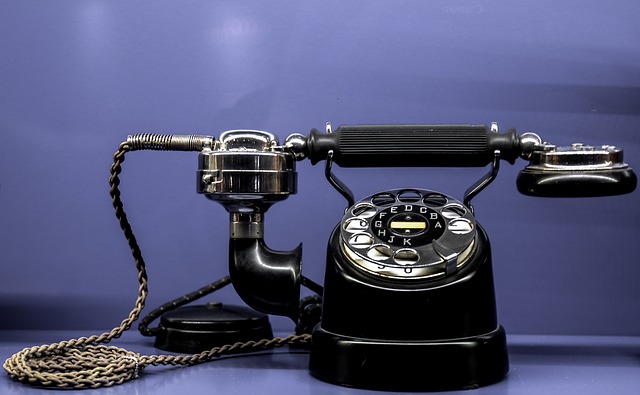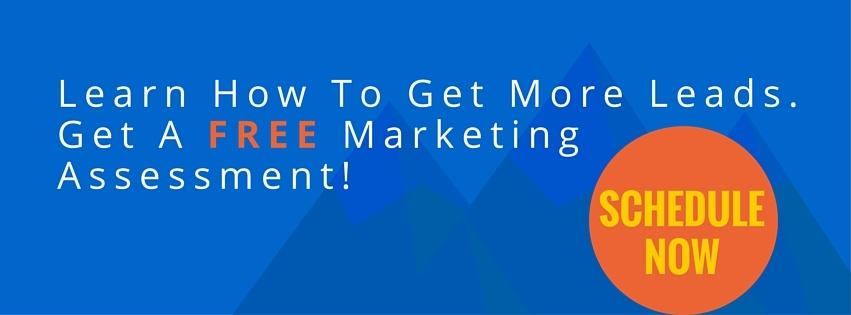
It's becoming increasingly easy to reach out to potential clients via the Internet and increasingly difficult to reach them through traditional communication channels like print publications, cold calls, radio and television.
The Internet has given the consumer the information, freedom, and tools necessary to reach out to the company of their choice. This has led to a fundamental shift in the way companies engage in marketing. The concept of inbound marketing has risen to prominence with the growing importance of a company's online presence. This new type of marketing has made many traditional outbound marketing techniques obsolete and, in many cases, counterproductive.
Disadvantages of traditional marketing
Traditional means of marketing products and services have typically involved reaching out to consumers in sometimes intrusive ways. Placing print advertisements or making cold calls to potential clients are more likely to irritate and repel consumers then they are to convert into sales. Buying advertisement space in a print publication or commercial time on television also tends to be expensive and yields low ROI, unless it's a branding campaign, which has no measurable ROI.
Consumers these days often have the option to completely avoid outbound marketing efforts if they wish. For example, consumers can opt to be placed on do-not-call lists. They can also skip over commercials when streaming shows and movies. Outbound marketing is losing its effectiveness more and more as consumers enjoy increasingly more control over how they consume media.
Inbound marketing tools
At the same time as technology has been rendering traditional means of marketing less effective, it has also given rise to inbound marketing. Inbound marketing is about capitalizing on a company's online presence by offering potential customers the information they need and seek.
The Internet has made it easier than ever to share information. Companies can use blog posts and other inbound marketing publications like white papers and case studies to draw in customers who are looking to learn about products and services.
Traffic generation, lead generation and nurturing, and customer conversion are the three major components of inbound marketing. These components together allow a company to optimize its online presence and create a sales funnel that targets the clients who are the most likely to follow through on sales.
Hubspot
Today, inbound marketing is easier than ever thanks to software specially designed to facilitate all aspects of a company's inbound marketing campaign. Hubspot is perhaps the most successful and popular of these software products. Hubspot offers features that bring together a company's social media, email, content production, web analytics, and SEO efforts into a combined inbound marketing effort. Some marketing automation tools are better suited to large businesses but the most popular and fastest growing is Hubspot.
Statistics compiled in 2015 have shown that Hubspot offers an impressive return on investment for companies that use it to handle inbound marketing tasks. On average, use of Hubspot results in an increase of 3.15 times as many website visitors per month after one year of use. Also, a reported 72 percent of companies experienced increased sales revenues after a year in addition to an increase in marketing efficiency.
Reasons why inbound marketing is great for increasing MSP sales:
- Targets marketing efforts: Inbound marketing tactics like social media marketing and search engine optimization can narrow down the audience to a targeted group of a select few. This targeted audience will be the most likely to not only be interested in a product or service, but to follow through on a sale.
- Focuses on the consumer: When you offer inbound marketing content on the Web, you can design that content according to the needs of your audience and client base. This means that customers can do their own research and make their own decisions rather than being told what to do by disruptive and questionable sales messages.
- Unlimited availability: Inbound marketing content posted on the Internet is constantly available to consumers. Unlike print ads, outbound sales calls, or television commercials, these information sources can be accessed by consumers whenever it's convenient for them. Inbound marketing allows online content to passively reach clients and create leads.
- Real-time audience response: Potential customers can respond to online content 24 hours a day. Online content can also be published online whenever it's ready. Inbound marketing content can be live out on the Web at the touch of a button. This means that it's easy to get time sensitive news and info broadcast when it's necessary and needed.
There has been a big shift in what tools companies are using to help them grow their business. We use a tool named Ghostery, which shows what software a website is using when analyzed. The top-ranking MSP companies are using marketing automation software. The "inbound methodology," coined by Seth Godin, is spreading like wildfire. If you're looking to increase your MSP sales, its time to move away from that purely-SEO strategy and make a shift to inbound.
Learn how Rizen Inbound can help your company create a fool-proof, inbound marketing strategy to increase qualified MSP sales leads.





![Reignite Your Millennial Marketing Efforts With These [On Fleek] Ideas](https://blog.gorizen.com/hs-fs/hubfs/Podcast/009%20-%20Millennial%20Marketing%20Blog.gif?length=600&name=009%20-%20Millennial%20Marketing%20Blog.gif)


No Comments Yet
Let us know what you think